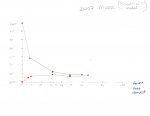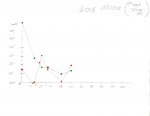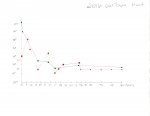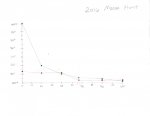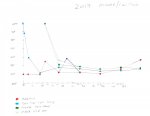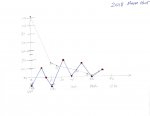The key to having good venison is the care after the kill. Generally speaking it is best to field dress the deer fairly soon, cool it down, protect it from the blow flies, etc. The actual timing of this is probably dependant upon the outside air temps. The warmer it is outside, the quicker you need to get the deer dressed and cooled.
Keep the deer out of the direct sunlight and away from anyplace that would cause heat or keep the deer from cooling quickly. Laying/leaving the deer in the hot bed of a pick up truck or on the hot hood is a No No. Obviously, chilling the deer in a large ice chest or walk in cooler would be best if hunting during very warm weather.
Having an experienced deer hunter or processor show you how to properly field dress and process the deer will help a lot and speed up your learning process. It is not difficult, just a few basic things you to avoid such as don't bust open the guts, stomach, or bladder with your knife and spill those contents on the meat. After field dressing, wash the inside and outside down very well with lots of fresh water, removing any/all body fluids, dirt, hair, etc. I trim off any/all bloodied meat around the wound.
Properly field dressing, leaving hide on, and hanging the deer in a walk in cooler at about 38 degress for about 21 days is the best thing you can do for venison.
Good luck.

